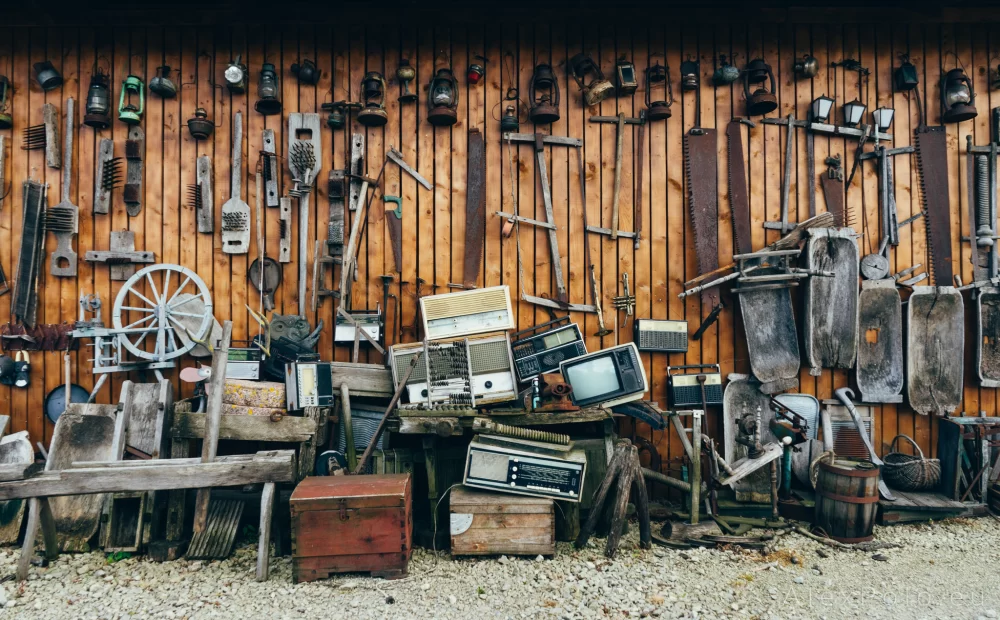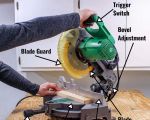DIY Stormproofing Tips for Homes
As a homeowner, there’s always a sense of security knowing that your home can withstand the elements. But when a storm approaches, that sense of security often turns into worry, especially if your home isn't well-prepared. Over the years, I've learned a few essential stormproofing tips that have helped me ensure my home remains safe, no matter the weather. Whether you're facing hurricanes, tornadoes, or just seasonal thunderstorms, these DIY stormproofing tips can help protect your home and give you peace of mind.
1. Fortifying Your Windows and Doors
Windows and doors are one of the weakest points in a home when it comes to storm protection. Strong winds and flying debris can easily break glass and cause serious damage. That's why fortifying these areas is a must. I started by installing storm shutters on my windows. These are affordable, easy to install, and provide excellent protection. If you're looking for a budget-friendly solution, you can also use plywood boards to cover your windows during storms. Just make sure to measure your windows correctly to ensure a snug fit and secure them tightly with screws.
For doors, I invested in heavy-duty weatherproof door seals to prevent water from seeping in. Additionally, I added a reinforced steel door frame for extra security. For those who live in areas prone to hurricanes, you might want to consider installing impact-resistant doors that are designed to withstand severe conditions.
2. Strengthening the Roof
Another area that's critical when stormproofing a home is the roof. I've learned the hard way that storm winds can lift off shingles, leading to leaks and even more damage. To prevent this, I installed roof anchors and ensured my shingles were properly secured. Additionally, you can add extra roof bracing to make sure it stays in place. If you live in a region where hurricanes are common, it’s worth looking into hurricane clips, which secure the roof structure to the walls and foundation.
3. Reinforcing the Garage
Garages are another vulnerable area during storms, especially if your garage doors are large and lightweight. Over the years, I’ve reinforced my garage doors with a storm-rated door reinforcement kit. These kits add extra strength to the door, making it less likely to be damaged by high winds. It’s also a good idea to secure any valuables or items that could get damaged or blown away in your garage, such as cars or tools, by moving them to a safer area of the home.
4. Protecting the Foundation and Walls
The foundation of your home is what keeps it standing firm during a storm. I took the time to inspect the foundation and address any cracks or weaknesses. Sealing small cracks with concrete sealant prevents water from entering and damaging the foundation. Additionally, adding extra reinforcement bars to the foundation walls increases their stability. If you're in an area with frequent flooding, installing flood vents can help prevent water damage by allowing it to flow freely underneath the house.
5. Creating a Storm Emergency Kit
Even with all the stormproofing measures in place, it's always best to be prepared for the worst-case scenario. I recommend putting together a storm emergency kit that includes things like non-perishable food, water, flashlights, batteries, a first-aid kit, and important documents. Having everything you need in one place can make all the difference if you're faced with power outages or if you're stuck at home for an extended period. Also, don't forget to charge your phone and other essential electronics ahead of time.
6. Landscaping for Storm Resistance
One area I initially overlooked when stormproofing my home was the landscaping. Tall trees or large shrubs can easily be uprooted by strong winds, causing damage to the roof or windows. After a few near-misses, I started pruning my trees regularly and removed any that posed a danger. If you have large trees near your home, it's a good idea to hire a professional to trim or remove them. Additionally, planting wind-resistant shrubs or creating a windbreak fence can help deflect the wind away from your home.
7. Installing a Backup Power Generator
Power outages are a common result of storms, and I’ve learned that having a backup power generator can be a lifesaver. It’s important to choose a generator that’s capable of powering essential appliances like your refrigerator, heating system, and lights during an outage. I keep mine in the garage and test it regularly to ensure it’s always ready to go. Some models can even be wired directly into your home's electrical system, so you're never without power when you need it most.
8. Taking Care of Your Gutters and Drainage
One of the simplest yet most effective DIY stormproofing tips I’ve implemented is keeping my gutters clean. Clogged gutters can cause water to pool on the roof or flow into the foundation, leading to leaks and water damage. I make sure to clean my gutters at least once a season and inspect them for any holes or damage. Additionally, I’ve installed downspout extensions to direct water further away from the foundation, reducing the risk of flooding.
9. Creating a Family Emergency Plan
No matter how well your home is stormproofed, it’s always important to have a plan in place for your family. I’ve created an emergency evacuation plan that includes designated meeting points, evacuation routes, and a list of emergency contacts. We also have a storm communication plan in case we get separated during a storm. Practicing these plans with my family has helped us feel more prepared and confident during severe weather.
By following these DIY stormproofing tips, you can significantly reduce the risks your home faces during a storm. It's all about taking small, actionable steps to make sure your home remains safe, secure, and protected. Whether you live in an area prone to hurricanes, tornadoes, or just heavy thunderstorms, these tips can make all the difference when the storm clouds roll in.









